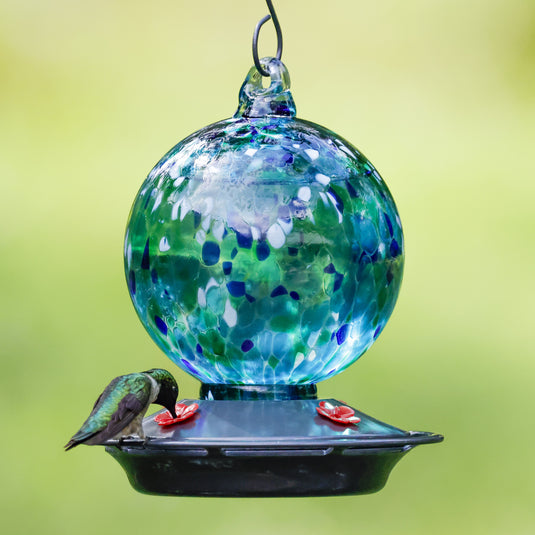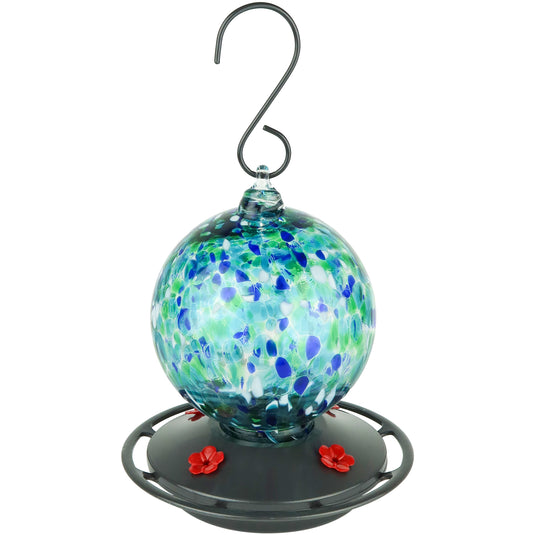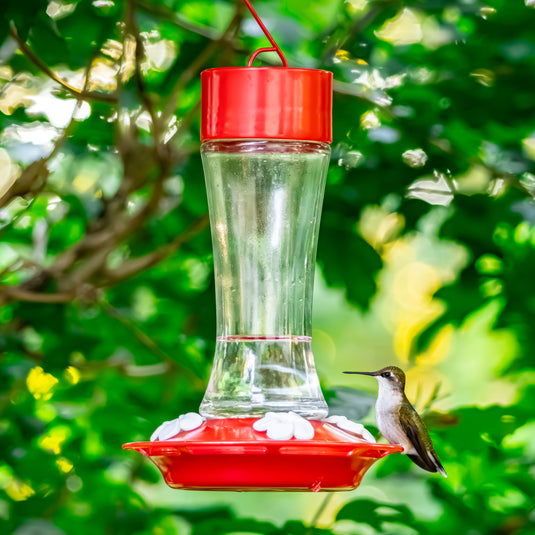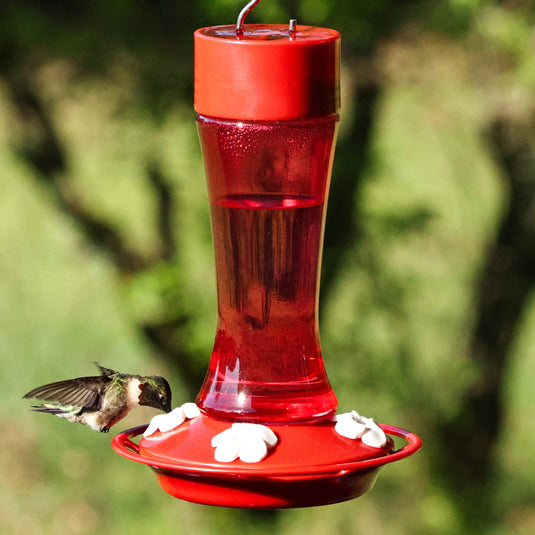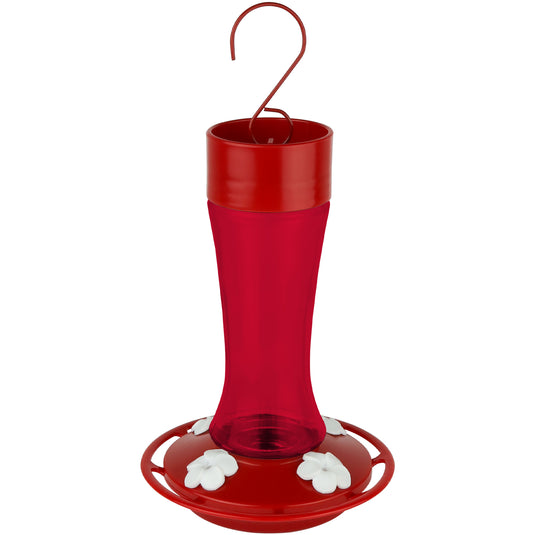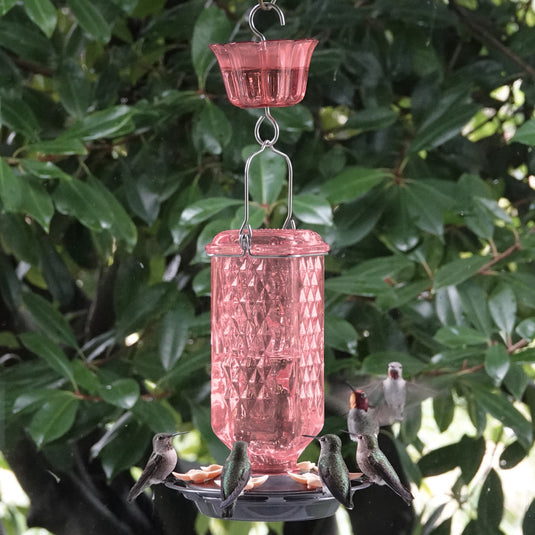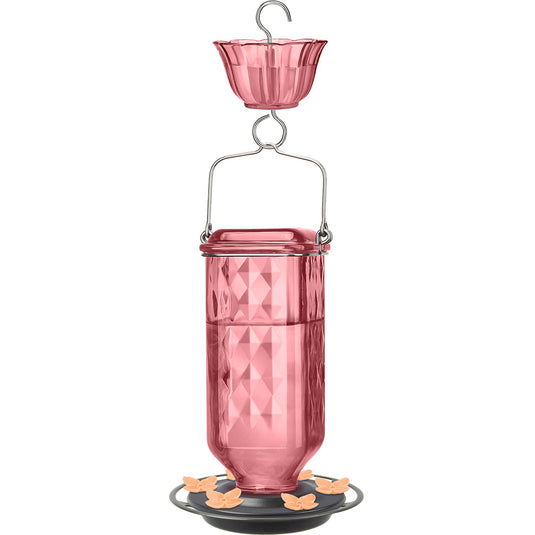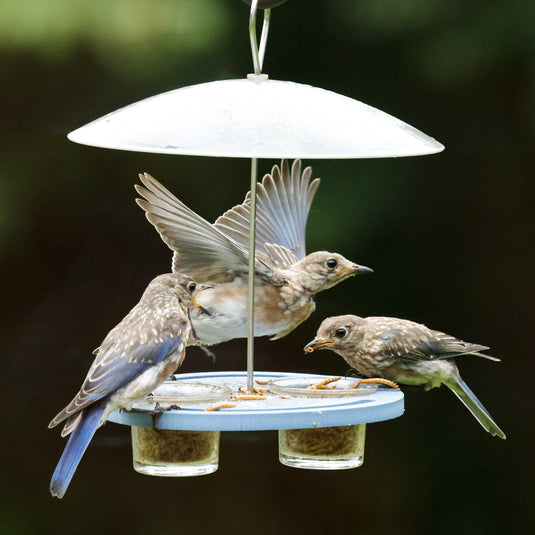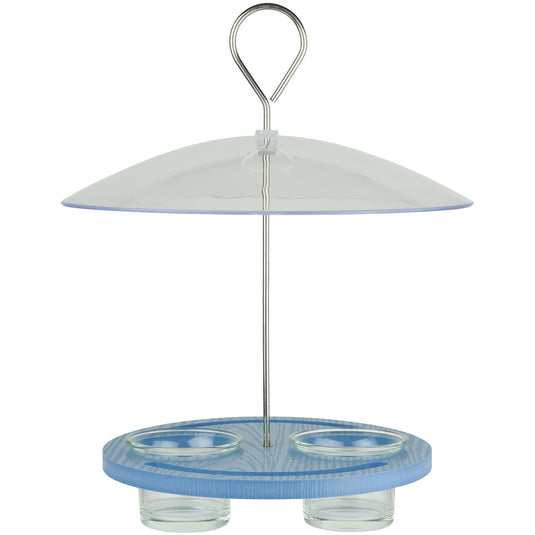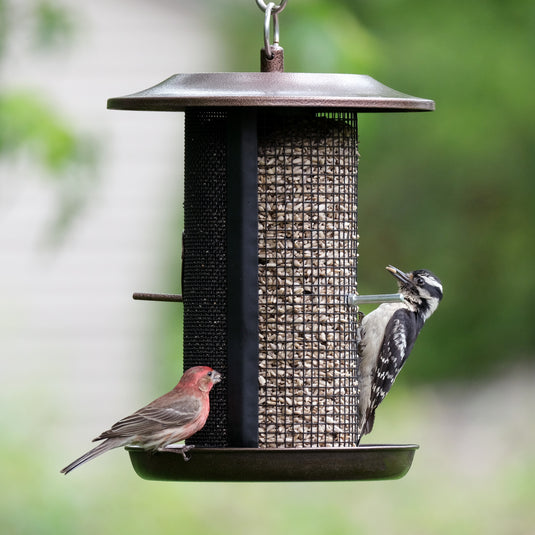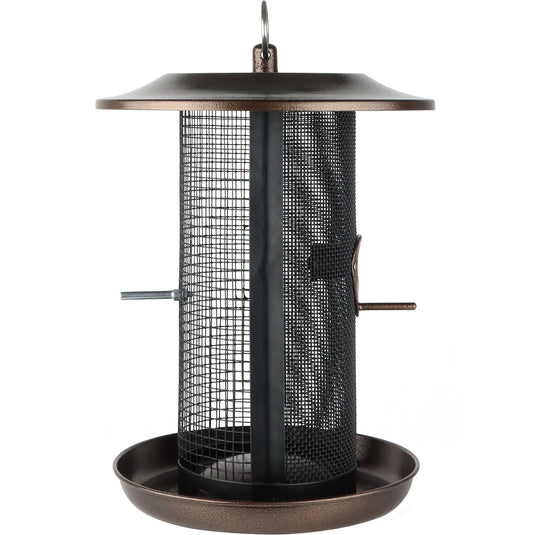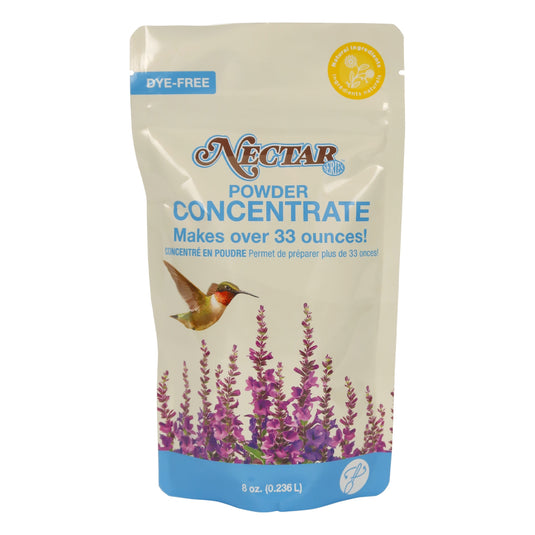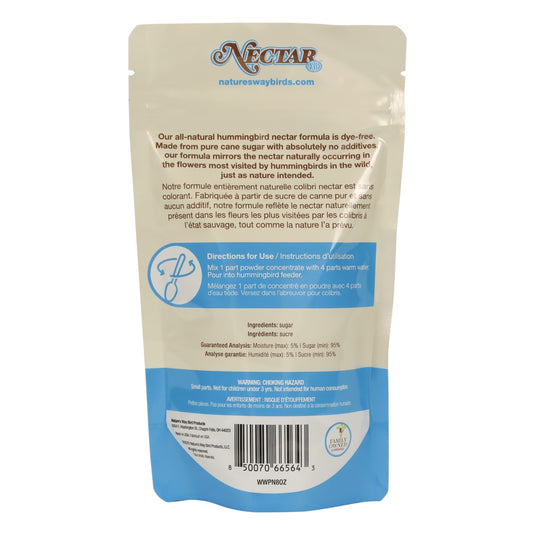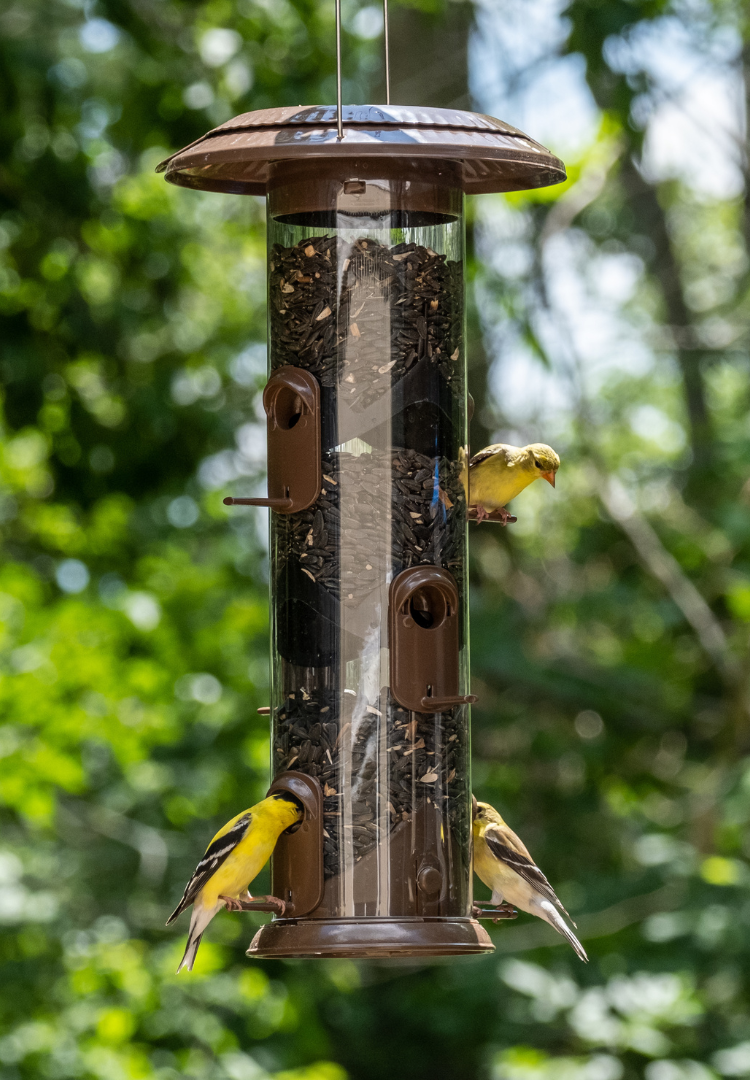Woodpeckers are some of the most fascinating backyard visitors! With their bold markings, drumming calls, and acrobatic feeding style, they are fun to watch and a rewarding challenge to attract. While these beautiful birds spend much of their time foraging on trees, the right feeder can bring them in, giving you a chance to enjoy their visits up close. Let’s explore the best bird feeders for woodpeckers, along with tips to attract them safely and successfully.

Pictured: Northern Flicker feeding from Suet Station Recycled Plastic Tail-prop Bird Feeder
Best bird feeders for woodpeckers
Quick answer: The best bird feeders for woodpeckers are suet feeders with tail props, mesh peanut feeders, and hopper feeders filled with peanuts or sunflower seeds.
Suet Feeders
Suet is the absolute go-to food for woodpeckers, and the right feeder style can make a big difference.
- Tail Prop Suet Feeders: These suet feeders include an extended panel at the bottom to support a woodpecker’s tail while they cling and feed. Bottom-heavy bird species like Red-bellied and Pileated Woodpeckers especially appreciate this feature since it mimics the way they would naturally perch on the trunk of a tree.
- Caged Suet Feeders: A simple wire cage that holds a suet block is one of the most common and effective designs. Small woodpeckers, like Downy Woodpeckers, easily cling to the cage while feeding.
- Upside-Down Suet Feeders: Designed so birds must hang underneath to feed, these discourage nuisance species like starlings or grackles, while still being accessible to agile woodpeckers.
Hopper Feeders
Hopper feeders can also attract woodpeckers when filled with peanuts or sunflower seeds. Models with suet cages attached give you multiple feeding options, making them one of the best feeders for attracting a wide variety of birds.
Platform Feeders
A flat, open tray makes platform feeders one of the most versatile bird feeder options. Woodpeckers will visit for peanuts, mealworms, suet nuggets or even a dish of jelly!
Mesh Feeders
Mesh or peanut feeders are another excellent choice. The metal surface provides plenty of grip for clinging, and the openings are just right for pulling out peanuts, sunflower seeds or suet nuggets.
Window Feeders
For a close-up view, window feeders can also attract woodpeckers - especially smaller species like Downy Woodpeckers. Look for strong suction-cup models that can hold peanuts or suet nuggets.
For the best chance at attracting woodpeckers to your bird feeder:
· Keep it clean: Always clean feeders thoroughly when refilling to prevent mold or disease.
· Mind the weather: In hot months, opt for no-melt suet or move feeders to shaded spots to prevent melting and messy buildup.
· Be patient: Birds may take days or weeks to find a new feeder - especially in areas with abundant natural food.
What do woodpeckers eat?
Offering a variety of foods is key. While suet is their favorite, woodpeckers also enjoy:
· Suet in any form (cakes, nuggets, balls, plugs, etc.)
· Peanuts
· Bark butter
· Black oil sunflower seeds
· Mealworms
· Fruits (like oranges and apples)
· Nectar (occasionally in summer)
· Grape jelly
Where to place woodpecker feeders
Even though woodpeckers spend most of their time up in the trees, it is not recommended to hang or mount a bird feeder directly on a tree. This gives predators and pests easy access to the seed and can endanger the birds or waste the seed.
If you already own and are having success with other bird feeders, try placing the new feeder near the existing feeders. Feeders should be placed roughly 10 feet from a natural shelter such as trees or shrubs to offer a resting place for birds between feedings and quick refuge from any predators.
To help prevent fatal window collisions, feeders should be hung or mounted closer than 3 feet from a window or farther than 15 feet.
Why aren’t woodpeckers coming to my bird feeder?
There are many factors that could be causing a bird to choose a different source of food. One thing to keep in mind is that birds are creatures of habit. It may take some time for the birds to get used to a new landing pattern or learn the mechanics of getting out the seed from a new feeder. If you aren’t seeing any woodpeckers at your feeders in the first few weeks of having them out, try these suggestions to make sure you’re setting yourself up for success.
Are grackles and starlings chasing away your woodpeckers? If your suet feeder is being raided by starlings or grackles, try replacing it with an upside-down suet feeder. Starlings and grackles are both large, stocky birds who prefer feeding upright. Woodpeckers are agile climbers who will have no problem feeding upside down. Scaling up and down the sides of trees for food, they’ll often hang upside down on tree branches and tall weeds to find insects.

Pictured: Downy Woodpecker feeding from Upside-down Suet Feeder
What kind of woodpeckers are in my backyard?
There are over 200 species of woodpeckers in the world – so which ones can you see in your backyard? Take a look at the five most common woodpeckers in the United States and Canada along with tips to help you tell them apart and how to attract them to your yard.

RELATED ARTICLES






